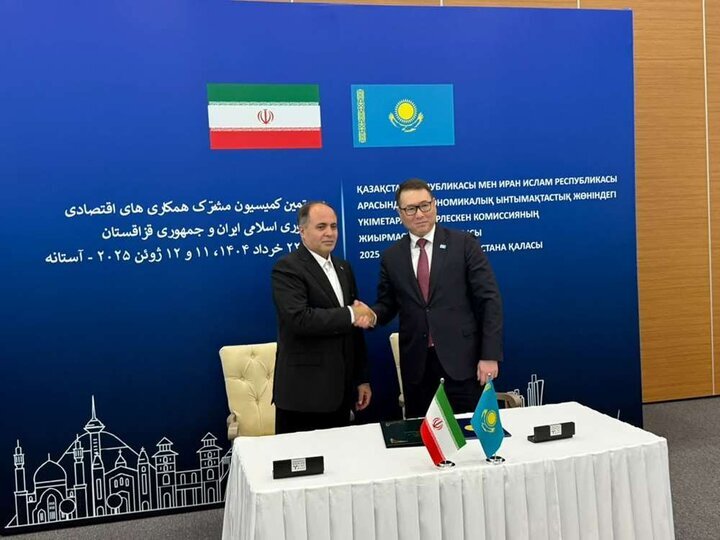
Similar Posts
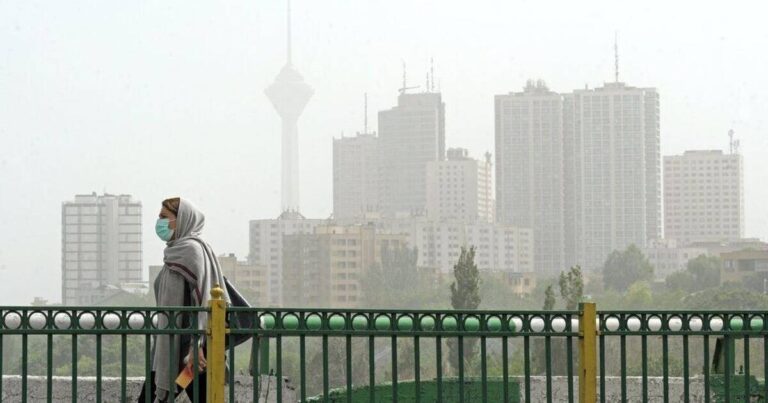
Air Pollution Linked to 30,000+ Fatalities in Iran: A Year of Health Crisis
Air pollution in Iran has emerged as a severe health crisis, resulting in over 30,000 deaths and a financial burden of $12 billion in the last Iranian year. The Ministry of Health reported a 17% increase in air pollution-related fatalities, highlighting the urgent need for improved air quality management. Tehran faces particularly dire conditions, with only 3% of the year recording safe air quality levels. The health impacts include a 30% rise in visits to medical centers for respiratory issues and widespread hospitalizations. The economic and health ramifications underscore the necessity for immediate and effective measures to tackle this escalating crisis.

Iran: A Key Strategic Ally for Tajikistan in Regional Partnerships
Tajikistan’s Energy and Water Resources Minister, Daler Juma, emphasized Iran’s importance as a strategic partner during a meeting with Iranian official Ali Najafi Khoshrudi in Dushanbe. The trade volume between the two countries reached $110.6 million in the first quarter of this year, reflecting a $33.2 million increase from last year. Both officials expressed optimism for an upcoming meeting in Tehran aimed at enhancing bilateral relations in energy, economy, and cultural exchanges. They also highlighted the “Khujand Declaration,” which aims to strengthen ties among Tajikistan, Kyrgyzstan, and Uzbekistan, fostering stability in Central Asia through increased cooperation.
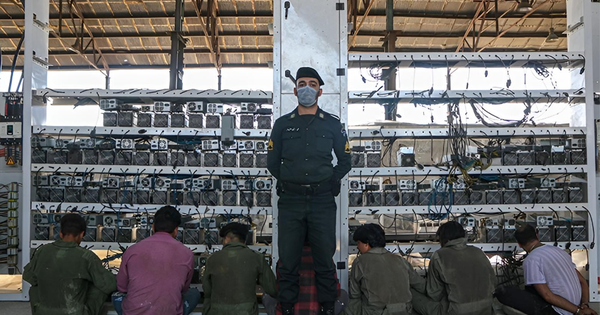
Iran’s Major Crackdown: 240,000 Cryptocurrency Mining Rigs Seized in Bold Move
Iran is grappling with electricity consumption challenges exacerbated by cryptocurrency mining, prompting authorities to seize over 240,000 mining devices in three years. These rigs reportedly consume 800 megawatts, similar to the Bushehr nuclear power plant’s output. Tavanir estimates around 700,000 illegal rigs still operate, consuming 2,000 megawatts. A projected 25,000-megawatt electricity deficit looms for the next year, representing nearly one-third of national consumption. Authorities emphasize the need for stricter regulations and collaboration with law enforcement to combat illegal operations, aiming for a balanced approach to cryptocurrency mining that ensures energy sustainability.

Tajik Energy Minister Explores Energy Collaboration During Visit to Iran’s Shiraz
Tajikistan’s energy minister, Daler Juma, recently visited Iran’s Shiraz to initiate the 17th session of the Joint Commission for Economic Cooperation between the two nations. This visit highlights efforts to strengthen economic ties, enhance investment opportunities, and develop infrastructure. Key discussions focused on energy cooperation, leveraging Tajikistan’s hydropower potential and Iran’s oil and gas resources to improve energy security and drive economic growth. Future collaborations in agriculture, trade facilitation, and cultural exchange are also expected. Overall, the ongoing dialogue signifies a commitment to fostering a robust partnership for mutual prosperity and regional stability.
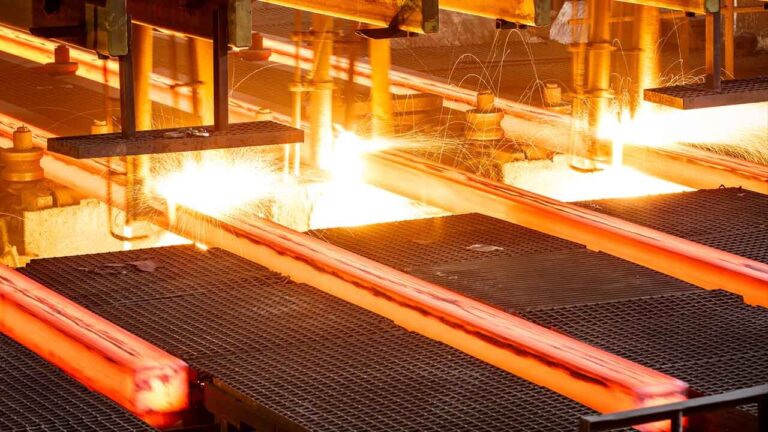
Iran’s Steel Production Surges 3.7% Year-On-Year to Reach 3.3 Million MT in March!
Iran’s steel production reached approximately 3.3 million metric tons in March, marking a 3.7% increase from the previous year and elevating the country to the seventh-largest steel producer globally. Despite a quarterly output decrease of 12.8%, Iran accounted for 62.26% of steel production in the West Asia region. Global steel production in March was 166.1 million metric tons, reflecting a 2.9% increase. Challenges, including energy supply cuts, have impacted Iran’s production and exports, yet the country maintains its position as the world’s 10th largest steel producer, highlighting its resilience and significance in the global market.
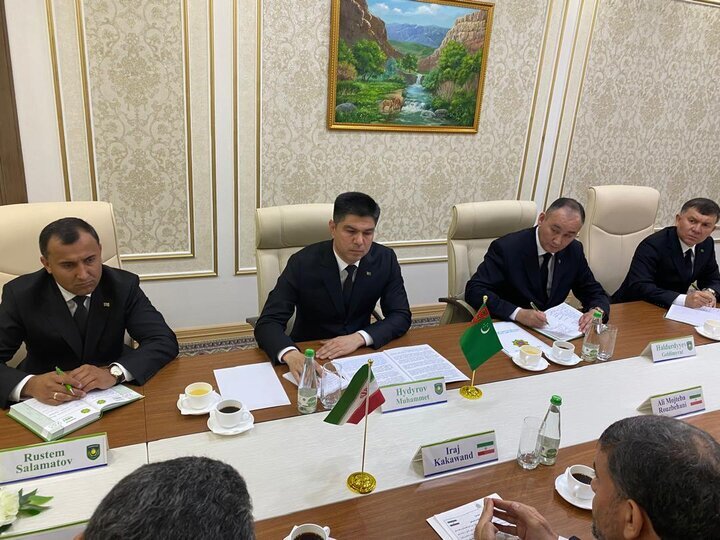
Tehran and Ashgabat Strengthen Collaboration in Anti-Drug Efforts
Brigadier General Iraj Kakavand, head of Iran’s Anti-Narcotic Police, visited Turkmenistan to enhance collaboration in combating drug-related crimes. Discussions with Turkmenistan’s Interior Minister emphasized the need for stricter law enforcement, efficient information sharing, and annual meetings to address cross-border drug issues. Both nations aim to leverage their diplomatic relations to create a robust strategy against drug trafficking, benefiting public health and safety. This initiative reflects a commitment to tackle the root causes of drug abuse through education, prevention, and rehabilitation, serving as a model for international cooperation in addressing drug-related challenges.